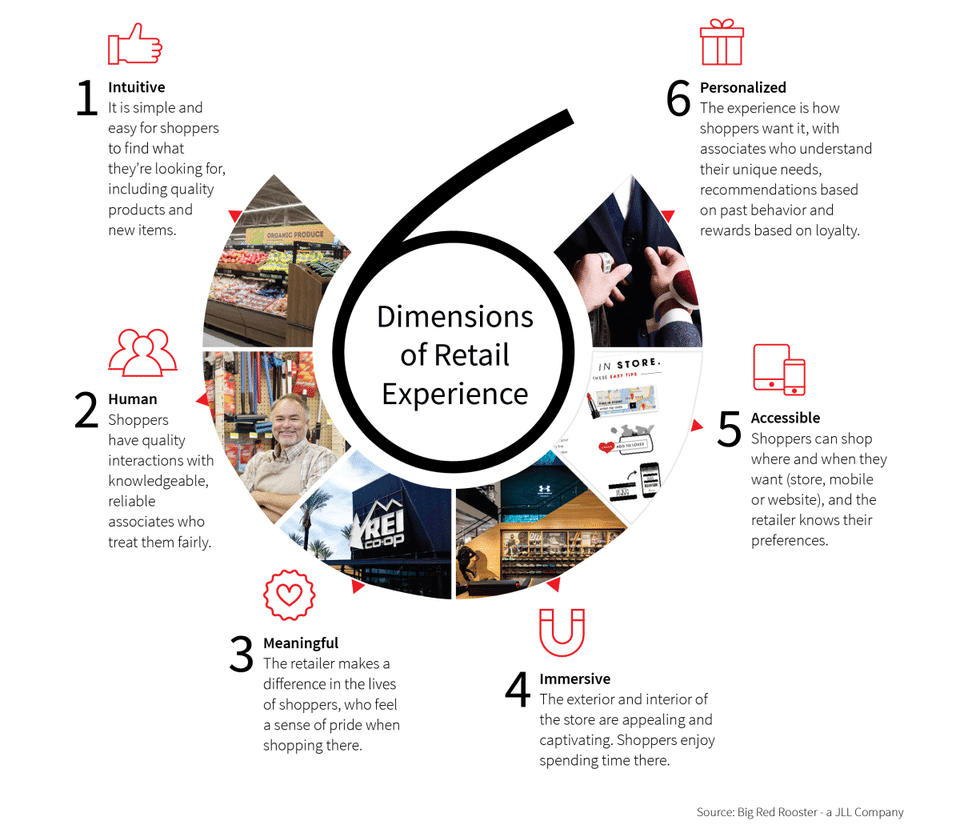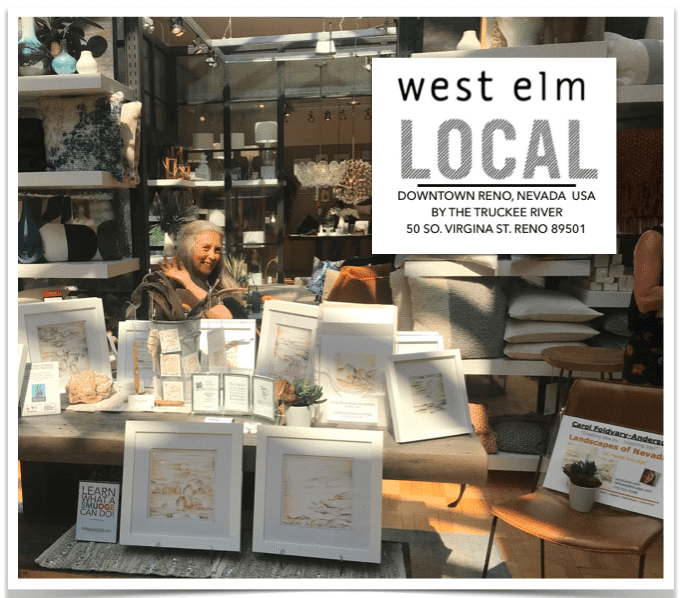
What Marketers Can Learn From Digitally Native Brands
Brick-and-mortar retail is dead, right? The proof is in the rise of dozens of digitally native brands like mattress seller Casper and shoe designer Allbirds — except that these brands are now opening retail stores to augment their digital presence. Casper is set to open an ambitious 200 stores in North America over a three-year span, while Allbirds’ six retail locations include New York, San Francisco, and London.
Both brands benefit from an enormous online presence. Why would they pursue physical sales channels with expensive overhead costs? It’s a good question, but the reality is that physical stores are far more about marketing than sales for these savvy companies.
Quick Takeaways:
- In-store experiences are the best touchpoints for brands to interact with consumers.
- Delve into data to know what customers want and how to give it to them.
- Build a cross-channel brand community that thrives both online and offline.
While many consumers have taken to e-commerce like ducks to water, there’s something to be said for the opportunity to touch a product or try it before buying. Retail locations provide an important opportunity for brands to educate consumers about their products.
According to Dean Handspiker, vice president of design, product, and store development for clothing brand Indochino, the brand’s store representatives might spend as long as an hour with a customer. That level of investment goes a long way. Customers leave the store with a better idea of what they want — plus the confidence to make purchases online knowing they’ll be satisfied.

The retail success of many digitally native brands reveals some important marketing trends, no matter a brand’s origin. Follow these suggestions to keep in step with these innovators:
Get to Know the Locals
To inspire connections with consumers, you need to understand them and reflect their desires. The right personalization and messaging can help foster a customer’s affinity, but communication is a two-way street. According to J. D. Power, two-thirds of U.S. consumers want to be able to converse directly with their preferred brands. Solutions like chatbots can make this dream a reality in the digital world. But in-store experiences are another — and arguably better — way to accomplish the same goal.
You can also target your messaging based on geographic location. Martin Kurpiel, senior vice president of technology solutions at global technology provider Valid, explains that local messaging can broaden reach. “By discovering ways to play up local character, not only do retailers draw in more people that resonate with the local touches, but they also attract loyalists from neighboring cities that want to experience something different,” he says. He cites West Elm’s local business pop-up shops as an example.

Cash in on Data to Boost Relevance
Digital brands have access to a wealth of data, but data is only as good as the use you make of it. Utilized properly, data can be transformed from meaningless numbers into insights uncovering what customers want and need most. It also informs basic decisions, like where to place your physical footprint.
When digitally native clothing brand Modcloth was deciding where to establish its physical presence, locations like Chicago and Philadelphia were obvious — it’s what the numbers dictated. “The beauty of being a digital-first brand is we have a ton of data on where our customers are, and that’s where we’re going,” says CEO Antonio Nieves. Rather than add stores in fashion centers like New York and Los Angeles, Modcloth aims for a more diversified approach. It wants its biggest markets to bring in around 5% of total sales, not 15%-20%.
Tap into Community Experiences
Despite the degree to which digital brands leverage data to acquire online customers, consumers still crave offline interactions. Brands should harmonize the “seamless shopping experience” online and off, advises Walter Miranda, president of Harbor Retail, a retail design and intelligence provider. “Playing in both the online and in-store categories allows brands, especially those with new products, to double down in ‘the three C’s’: convenience, culture, and curation, and take a deep dive into consumer experience.”
Whether you’re opening up a pop-up store or establishing a permanent location, you need to deliver a memorable tangible experience. Beauty brand Sephora supplemented its Play! subscription box with passes redeemable for samples at in-store locations.

Outdoor furniture brand Outer, meanwhile, offers customers the chance to host and showcase products to prospective furniture buyers. It uses “neighborhood showrooms” to convince shoppers to buy. Getting a primarily digital audience to physically try your product multiplies the potential for sales. It simultaneously provides customers with the personal interactions they crave.
With so many digitally native brands opening up brick-and-mortar locations, it’s clear that retail isn’t yet pushing up daisies. It has, however, evolved. Traditional retailers that want to evolve with it should take a hint from the dominant digital players. Gone are the days when retail locations were just sites for making sales. Instead, they play an important role in marketing a brand.






